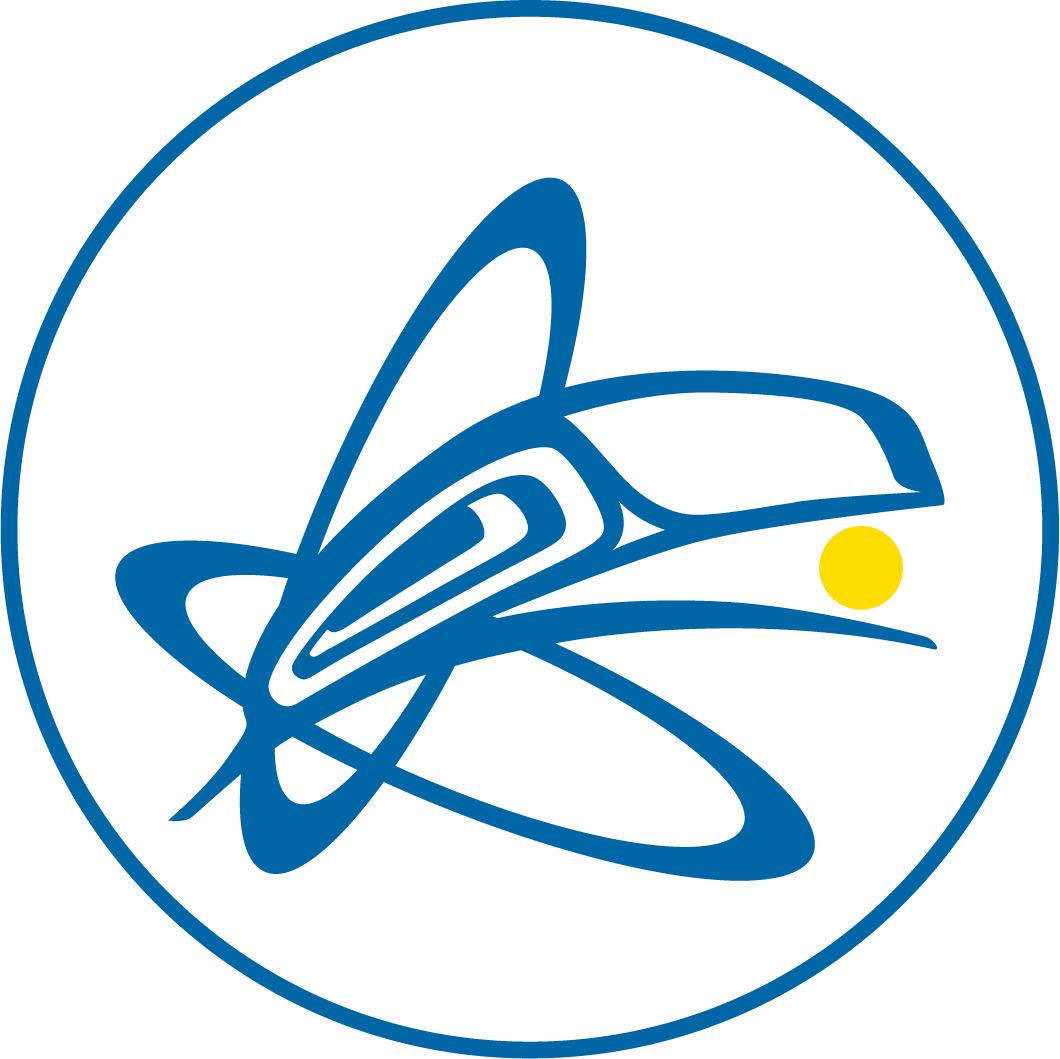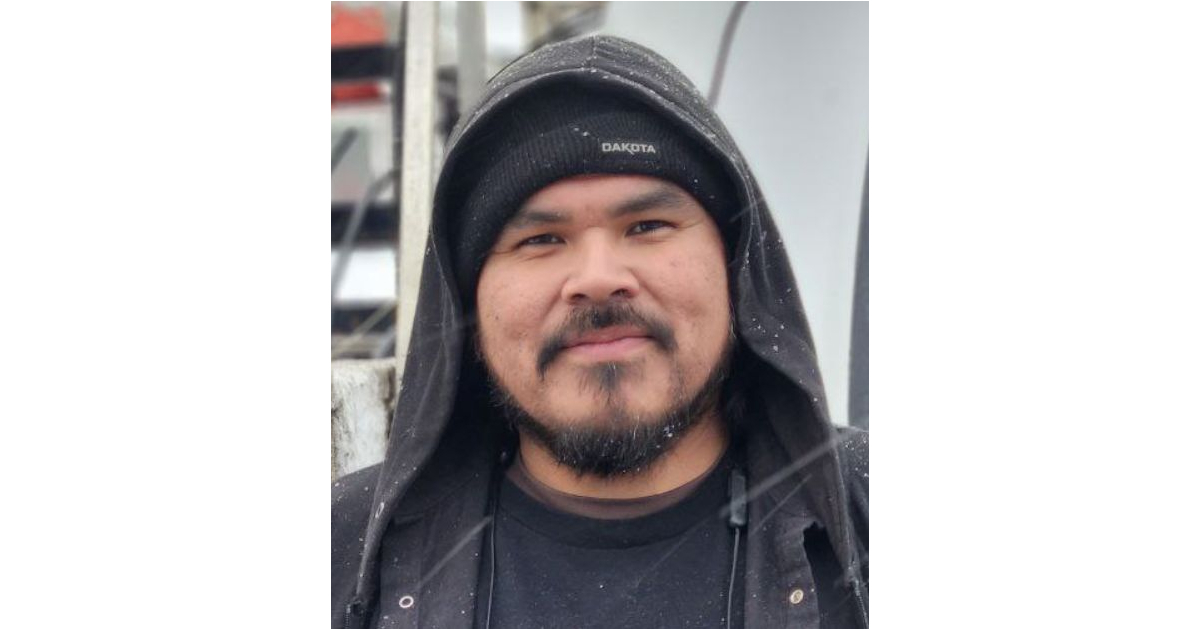

This is the first edition of our new Indigenous Innovator series where First Nations Technology Council alumni tell their stories about how digital skills have made a positive impact in their lives and communities.
Words by Cody Moore, Technology Council alumnus
Growing up over 1,000 kilometres North of Vancouver in the Nisga’a village of Gitlaxt'aamiks, I used to believe we, as First Nations People, were better off without technology and the challenges that seemingly came with it. However, my perspective has changed along with today’s digital society.
Being connected to the internet is no longer a privilege, it’s a necessity. From work to education; culture and health; environmental stewardship; rights implementation; and more; the pandemic highlighted an urgent need for reliable internet connectivity in First Nations communities.
For most, a reliable internet connection comes second nature; it’s been in households for decades. In my home community, and in First Nations communities across the country, this is not always the case. In fact, 65.2 percent of households in First Nations communities do not have access to the universal service objective of 50 megabits per second (Mbps) download and 10 Mbps upload internet speeds. Albeit discouraging, this led me to pursue a career as a Network Technician.
Today, I am actively working with the Nisga’a Lisims Government’s Internet and Technology Services division to connect Nisga’a Nation’s four villages—Gitlaxt'aamiks, Gitwinksihlkw, Laxgaltsap, and Gingolx—to fibre optic.
Going home-to-home to install the new equipment has been a learning experience for me. People are initially unsure about the prospect of new technology in their homes. Many share my initial concerns from years ago, as they, too, have been left in the dark due to the systemic barriers created by colonialism.
As Nisga’a People ourselves, our team is able to effectively address these concerns and explain exactly what we are doing and how it will benefit them. As you well know, the possibilities of a reliable internet connection are limitless. Residents’ faces light up with ideas—such as remote work, financial security, medical services, and ways to preserve and connect to our distinct culture.
The future in the Nass River Valley is bright and I am proud to have a role in this meaningful project. I hope that the federal government and other First Nations communities can learn from our community-owned, based, and run internet services model.
Digital redlining—internet service providers investing less in infrastructure in rural, low-income communities—is preventing First Nations communities from fully participating and leading in today’s digital society. The future belongs to the connected and we can no longer rely on “the big three” to connect us. It’s time to take matters into our own hands and change the system.
GET INVOLVED TODAY
Learn more about our digital skills training programs here.
Contribute to our Digital Skills Bursary Fund here.